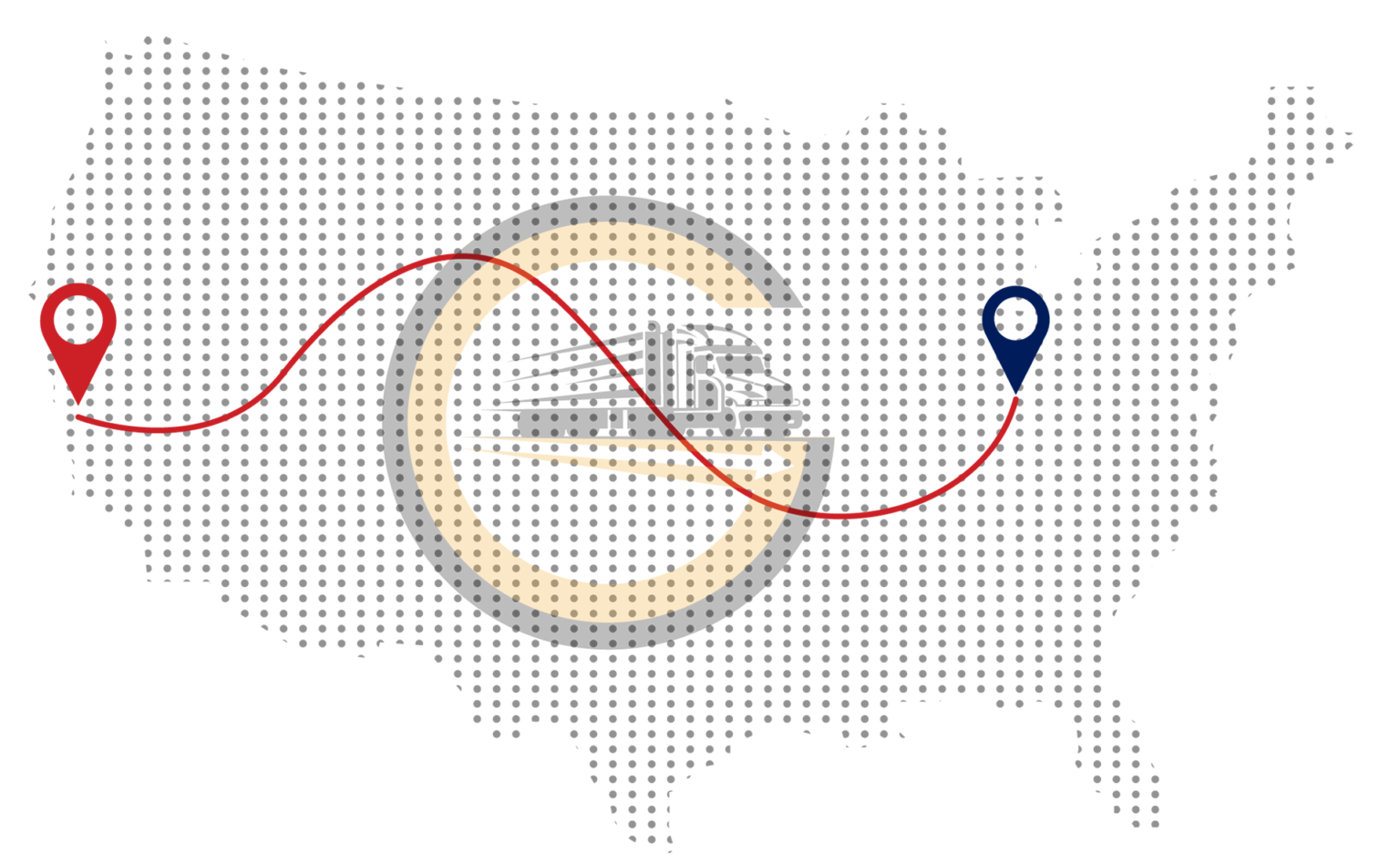During the pandemic, supply chains faced unique challenges and hurdles. These disruptions will likely affect the global supply chains even after the pandemic. However, supply chain resilience plans will enable organizations to prepare for and respond to these challenges effectively.
Supply Chain Resilience:
Supply chain resilience is a phenomenon that allows you to prepare and reduce unexpected risks and disruptions. It is an essential part of supply chain design and planning. If an organization doesn’t plan effectively on this front, they leave themselves vulnerable to unexpected events.
A resilient supply chain doesn’t just survive global pandemics. It can respond to natural calamities, accidents, market crashes, and other events. Although organizations can’t eliminate all these risks, they can prepare better for them.
Building A Resilient Supply Chain:
Here are a few strategies to make your supply chain more resilient.
Strategically Position Inventory Buffers:
You can increase your supply chain flexibility by creating well-thought inventory and capacity buffers. Most companies always have a “just in case” inventory to address unexpected events.
This inventory can be helpful in case of unexpected demand or supply chain shocks. They help companies tackle demand and supply variabilities.
Using analytics, companies can prepare for future incidents and make informed decisions around buffer capabilities and capital.
Diversify Sourcing And Manufacturing Capabilities:
It is essential to diversify your sourcing and manufacturing channels. The U.S. understood this lesson the hard way. Diversification is also beneficial in natural disasters like earthquakes, tsunamis, and hurricanes.
Operating from multiple locations comes in handy when one manufacturing unit is somehow disrupted. If you work with geographically diverse suppliers, you avoid a single point of failure. You can get your product to your consumer if one location is closed down.
Shorten Supply Chains Through Nearshoring:
Nearshoring is another excellent way of enhancing supply chain resilience. The growing trend businesses are following is to move their manufacturers nearer. This option makes for decreased cycle times. A local supply chain can have higher costs. Still, they allow greater visibility over inventory. It also gets the products to the customers faster.
Companies can balance them out with shorter shipping distances when labor costs are higher.
Benefits:
We always evaluate a business’ success by its ability to deal with unexpected events and recover from them.
- Supply chain flexibility saves you both time and money.
- It can improve your company’s reputation and improve relations with your customers.
- It can form the basis of your competitive advantage in the market.
Q-How is supply chain resilience measured?
Supply chain flexibility is measured using a company’s resilience index. This index helps people evaluate the company based on its overall risk exposure. It also sets a clear baseline for measuring the progress and improvement in an organization.
Q- What are the five strategies to build more resilient supply chains?
- Distribute your inventory in multiple locations.
- Analyze your data.
- Partner with suitable suppliers.
- Leverage different carriers.
- Rely on logistics experts.
Conclusion:
By planning the proper supply chain resilience strategies, your organization can deal with universal risks better than your competition. In some cases, you can turn those disruptions into opportunities.


